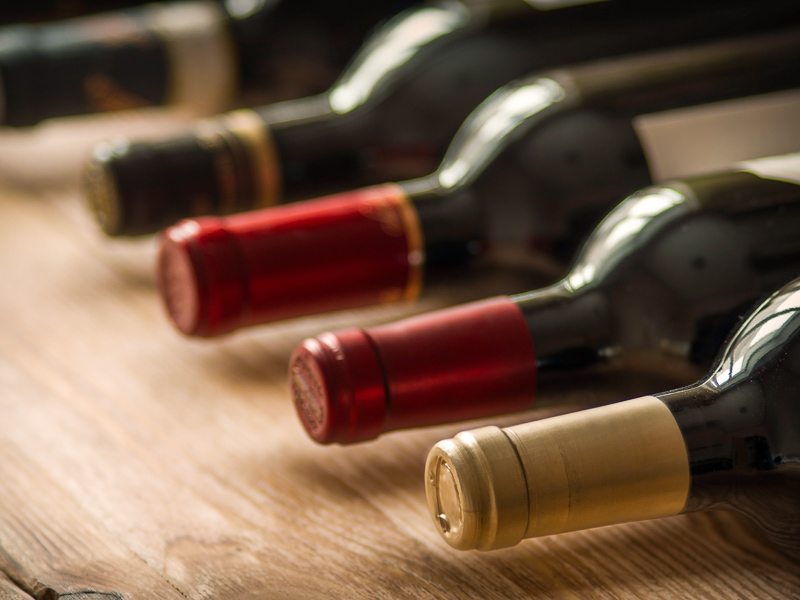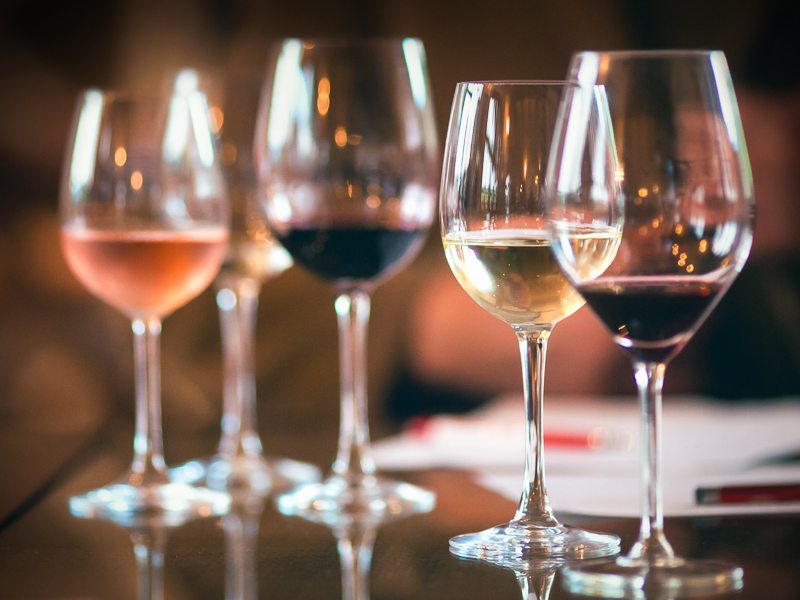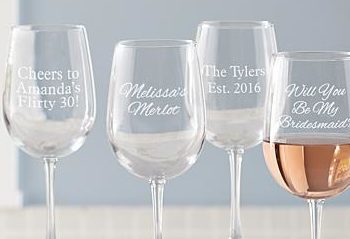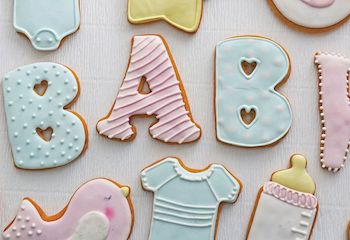Round up your group of friends and have them over for a night of wine and good times. A wine tasting party is an easy and casual way to experience wine in all its glory. Whether you are a white wine lover or prefer your reds, you can follow our wine tasting party tips to host the ultimate wine party your guests will never forget!
Selecting Wines
When it comes to selecting wine for the party, you’ll want to select wines within the same theme. You’ll also want to choose wines that fit your and your guests’ price range and wines that cater to your audience. Selecting the wine is the most important part of your wine tasting party. After all, it’s the main event!
- Select wines with a theme: Choose four to six wines that have a common theme for an educational and fun party. Try serving wines from two regions such as a pinot noir from Italy and Argentina. You could also serve the same wine from different vintages or blindly compare cheap to expensive wines.
- Select a wine in your price range: When hosting a party, it’s important to keep your budget in mind. If you are on a budget, invite guests to bring snacks and print our free wine cards for note taking. If you can splurge, try the same wine from a few top producers.
- Cater to your audience: Your wine tasting party comes down to one main goal — to please your guests! If your party enjoys sweet wines, try rosé and dessert wines. In contrast, if your guests are frequent red wine drinkers, a cabernet or zinfandel could please their palates.

Supplies
- Wine
- Wine opener
- Wine glasses
- Water
- Napkins
- Paper placemat/tablecloth
- Personal spittoon
- Dump bucket
- Snacks such as a charcuterie board or bread sticks (to cleanse the palate)
- Printable wine tasting cards
How Much Wine Do I Need for a Wine Tasting Party?
The standard amount of wine per guest is ½ a bottle. If you are having an eight person wine party, consider having five bottles of wine. For those who enjoy bubbles, serve sparkling wine or prosecco to start the party off.
Wine Tasting Table Setting
While there are no rules for a wine tasting table setting, it’s important to provide every guest with a few essentials before they begin tasting wine. Ensure easy cleanup by ordering rental glassware, and be sure to select the wine glass that fits your wine choices. Include something to write with and write on that guests can take home and refer to later on!
- Rent glassware: If you are hosting for more people than you have glasses, consider renting glassware. Wine glasses are rented for about $1-3, and you don’t have to wash them after. If you choose to purchase glassware, consider fun glasses that you can personalize to your liking.
- Choose correct wine glassware: Depending on the wine you are tasting, the wine glasses will differ. A white wine glass will be thinner in width than a classic red wine glass. Regardless of the glass, you should uphold the standard 6 ounces per pour for each tasting.
- Include a pen and wine tasting card: To host a useful wine tasting experience, include pens and our printable wine tasting cards so guests can document their feedback on the wines. Fill out by look, smell and taste as explained below.
- Have a spittoon and water glass: Include a spittoon so guests who’d prefer to spit out rather than drink the wine have the option. Also include a water glass and water jar nearby to cleanse the palate and keep hydrated.

How to Taste Wine
Before getting started, impress your guests with a quick how-to on tasting wine, what to look for, what sort of scents to notice and most importantly what type of wine tickles your fancy. Anyone can taste wine, and it just takes a few steps to determine what you think of each type.
Look
Place your wine glass against a white backdrop (such as your placemat) and inspect the wine. Look at the color, opacity and the wine legs. The wine legs are an indication of the alcohol level, and higher alcohol wines collect a higher density of droplets on the sides of the glasses. Sweeter wines have legs that will flow more slowly down the sides of the glass. The color and opacity will range depending on the vintage and type of wine.
Smell
Before smelling your wine, swirl your glass gently to release the wine’s aroma. Then, stick your nose in the glass and take a deep inhale. What do you smell? Are there fruity notes? An oaky or nutty scent? It’s important to think of broad categories first and then center in on a few smells.
There are three aromas that are classified for the nose of a wines:
- Primary Aromas: Grape oriented: fruits, herbs and floral notes.
- Secondary Aromas: Come from wine making and are usually found in whites: include cheese rinds, nuts and stale beer.
- Tertiary Aromas: Come from aging in bottle or in barrel and include: roasted nuts, spices, leaves, tobacco and oak or cedar.
Taste
Lastly it’s time to taste! Hold the wine in your mouth and slowly inhale air (this should make a slurping sound). This is known as “biting the wine” and helps to aerate the wine and open up your olfactory sense to awaken the flavors in your mouth. You can determine the body by focusing on what your tongue can feel. The body of the wine is determined by the alcohol percentage. That means a zinfandel is generally full-bodied, while a riesling will be a light bodied or dry wine.

Sources:
Real Simple | Traveling Vineyard | Wine Folly 1, 2, 3 | Rent.com | Vine Pair







